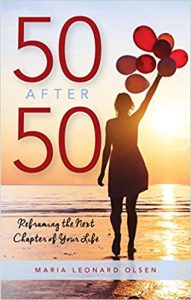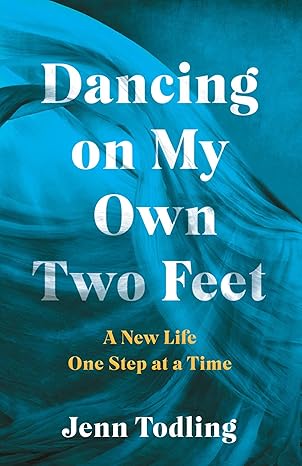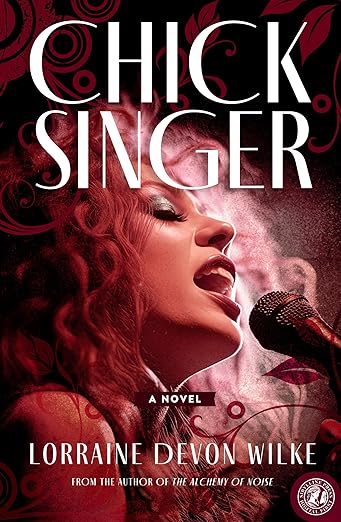Writing to Release Pain
I more or less raised myself. My father was a raging alcoholic and my mother was fighting her own demons. Thank goodness I found some solace in writing.
I started journaling at an early age. I found my violent home life confusing and often escaped into books. Then I began writing, first in my diary with its tiny lock and key. Then I filled notebooks and hard-backed journals. Writing helped me cope. Putting my feelings into words softened them in some way, and led to needed insights. Reading old journals gives me perspective and helps me appreciate progress I have made.
I wrote for my college newspaper and enjoyed learning about people by asking them questions about themselves. I wrote for my hometown magazine, interviewing people in the community about their lives.
Most people like to talk about themselves. I, on the other hand, did not. I was adept at deflecting questions directed at me and my life. I felt that if others knew the real me, they would steer clear of the tumult of my life and upbringing.
A therapist told me that I kept myself so busy and asked so many questions of others because I wanted to avoid introspection. I knew she was right. I loved to help solve other people’s problems, but steered clear of my own.
My inner turmoil came to a head when I approached age 50. My drinking got out of control (another coping mechanism for the self-loathing I carried) and my then-husband sent me to rehab. There was no hiding behind questions there. The therapy’s goal was to get to our root issues, process them and heal from them. We were encouraged to journal and to write each day about ourselves and our experiences.
It was painful. I was told that hiding our trauma and avoiding ever talking about it was like holding a beach ball under water. It took a tremendous amount of mental energy and, when I was not being vigilant, the trauma’s effects would pop up unexpectedly in often inexplicable ways. It was not until I allowed a trusted therapist to bear witness to my inner pain that I was able to move forward into my authentic life, unencumbered by the demons I had done my best to ignore.
After getting sober—and divorced—I began writing articles and books about my personal experiences and life lessons. I took to heart the rehab message that secrets keep us sick. So I wrote about them, shining light on the things I had been so desperate to hide.
I wrote about frequently being mistaken as the dark-skinned nanny of my white-looking children in Mommy, Why’s Your Skin So Brown? (Mirror Publishing 2013) and other microaggressions I and others in nontraditional families had experienced in Not the Cleaver Family—The New Normal in Modern American Families (Tate 2016), and my recovery from alcoholism, divorce and sexual assault in 50 After 50: Reframing the Next Chapter of Your Life (Rowman & Littlefield 2018).
Writing each book was cathartic and helped me to release shame.
It was uncomfortable at first, to be so self-revelatory in print. Then other women came forward, asking for help with issues similar to mine. At book talks I gave, attendees often approached me in tears, saying how I had helped them. Turning my life’s traumas and challenges into forces for good made everything worth it. I see clearly now how every experience has the capacity to teach us something if we are open to the lessons. In some ways, writing gave me my life back, and opened the door to new and healthier chapters. As we often hear in recovery, expressing aloud something that pains you cuts the pain in half, and sharing something that brings you happiness multiplies the joy.
–Maria Leonard Olsen’s latest book is 50 After 50: Reframing the Next Chapter of Your Life (Rowman & Littlefield 2018). Learn more at www.MariaLeonardOlsen.com.
About 50 After 50: Reframing the Next Chapter of Your Life
 At age 50, Maria Leonard Olsen drank her way out of a 25-year marriage. She had, against advice, put all her eggs in the motherhood basket, willfully derailing her successful law career. As teenagers, her precious children did not need her in the hands-on way they previously had. Her husband and she had grown apart because, among other things, they failed to nurture that important relationship. She was depressed and stuck.
At age 50, Maria Leonard Olsen drank her way out of a 25-year marriage. She had, against advice, put all her eggs in the motherhood basket, willfully derailing her successful law career. As teenagers, her precious children did not need her in the hands-on way they previously had. Her husband and she had grown apart because, among other things, they failed to nurture that important relationship. She was depressed and stuck.
When she turned 50, she had the distinct feeling that she was on the downward slope of her life. Actuarially speaking, she was. So when she turned 50, her gift to herself was to go on a crusade to make the most of whatever time she had left. She set out to do 50 new things that were significant, at least to her. The list spanned physical challenges, adventure travel, and lifestyle changes. Each taught her something about herself and about how she wanted to lead the next years of her life to come.
This work follows the work she did to accomplish those 50 new things and shows readers how to make their own action lists – whether it be joining a knitting club or hiking the Himalayas, every item has significance for each individual and speaks to her needs and desires. The list is the match to spark the fire that will light the years after 50. Readers will hear about Maria’s adventures and the rewards of each. Accomplishing new things, learning new skills, deepening personal and spiritual relationships, and seeking out challenges will add the spice to a life that may feel repetitive, insignificant, inauthentic, or just plain boring.
Category: Contemporary Women Writers, How To and Tips





























Comments (1)
Trackback URL | Comments RSS Feed
Sites That Link to this Post